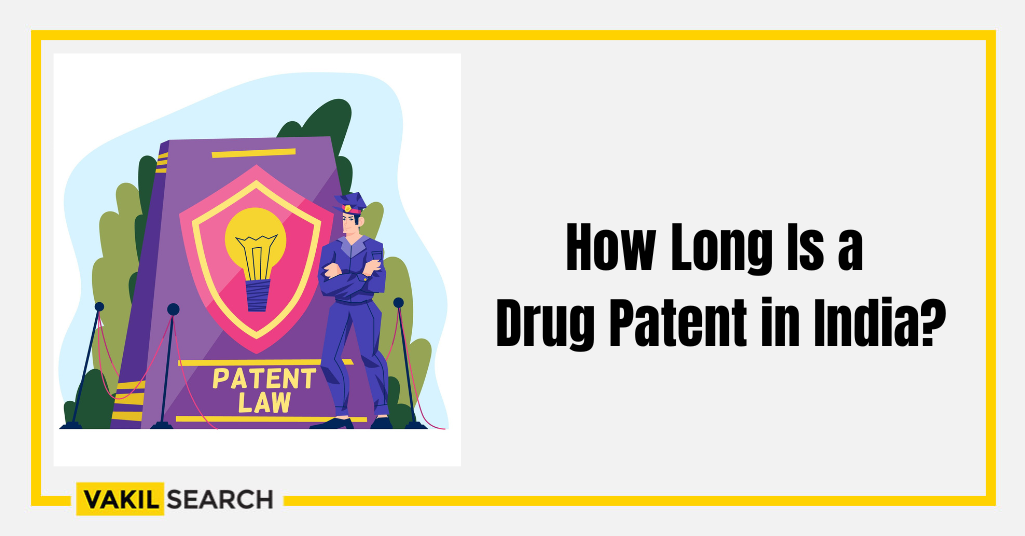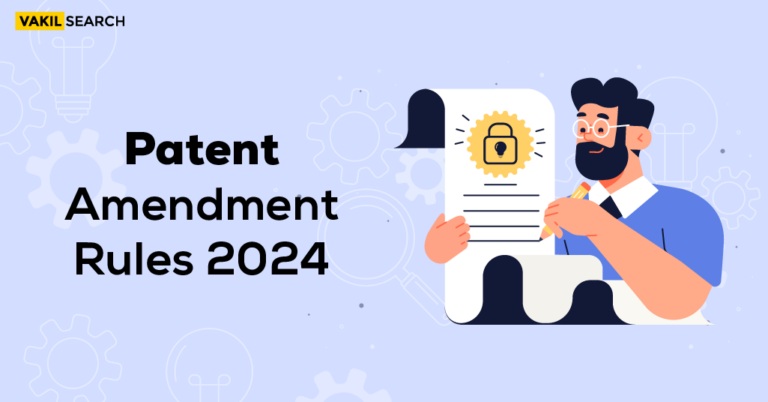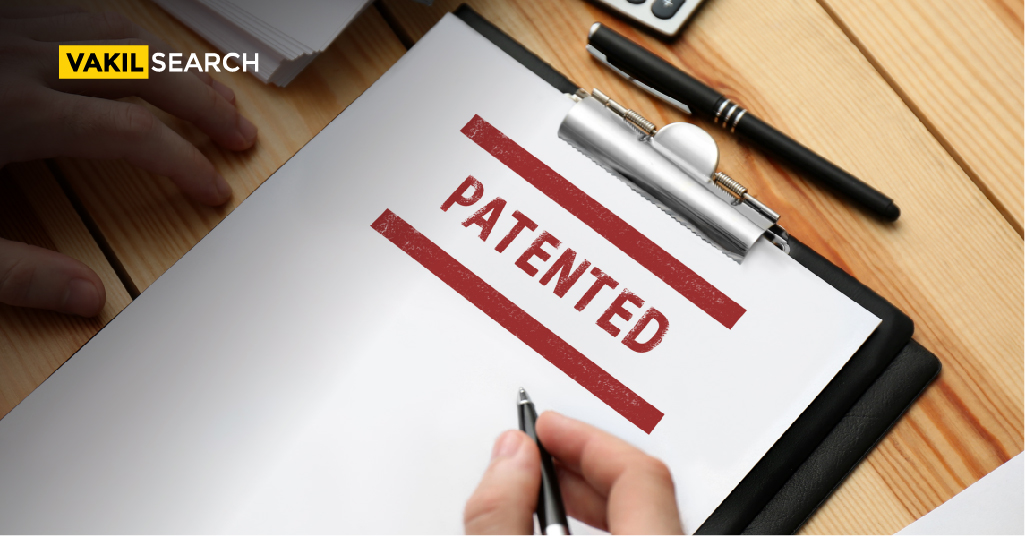This blog describes the process of drug patenting in India and how long it takes to be patented.
How Long Is A Drug Patent In India? – Introduction
IP India Patent Registration – Intellectual property laws have developed due to innovation, inventiveness, and commercial values. Copyrights are a type of intellectual property related to the privileges given to an individual for creating a system or project with commercial worth. Copyright is not a novel notion.
There were numerous innovations throughout heritage; in fact, discoveries are among the essential intangible real estate assets for the holder, as patent rights grant them an exclusive entitlement for excluding others from using, selling, and distributing those creations for at least 20 years from the date the statement of claim was submitted.
TRIPS Convention (Trade-Related Aspects)
According to Section 2 (ta) of the Indian Patents Act, a pharmacological invention is awarded for a pharmacological material, defined as any new organization comprising one or more creative processes. The pharmaceutical sector was a relatively uncontrolled industry in patent protection before the TRIPS (Trade-Related Elements of Patentability) Treaty was adopted.
The health-related state was inequitable, and their medical demands were mainly unfulfilled. There used to be only Method copyright that protected pharmaceutical firms. Still, under Article 27(1) of the International treaties, intellectual property protection is extended to the products and all science disciplines.
On January 1, 1995, the TRIPS Agreement came into place. It is an international agreement on intellectual property rights that is exceedingly broad. The Agreement establishes the basic standards for the protection that each Member nation must provide in its local legislation. The major stipulation of the International treaties is that copyrights will be accessible for any inventive step, whether that is an item or a method, in all disciplines of science, as long as the innovation fits the requirements for patent able subject matter, which include novelty, original idea, and industrial application. You can Start Easily with making Application for permanent Patent Online
TRIPS Adaptability
A patent gives the owner of the invention unrestricted access to the invention, giving them monopoly status. In developing countries like India, where attempts are being created to make medications affordable to everybody, pharmaceutical companies are taking advantage of their intellectual exclusivity by charging excessive prices and prohibiting local producers from producing generic brands of the treatments.
As a result, certain flexibility was added to the International Treaties to allow major countries to incorporate the interest of the public policies, such as metrics to preserve human safety, to achieve their social objectives.
Drugs created by pharmaceutical companies were granted intellectual property protection under the International treaties, and their prices have risen due to the copyright owners’ exclusivity. This constituted a severe problem for poorer countries. Over 5 million people in Sub-Saharan Africa, for instance, are afflicted with the condition yet cannot afford the necessary medications.
This shows that the TRIPS agreement previously denied these developing nations entry to life-saving medications. To resolve this concern, parties of the World Trade Organization issued the Doha Declaration on TRIPS and Global Health in 2001.
The Doha Declaration was issued to acknowledge the public health risk and the necessity for TRIPS to play a role in resolving these issues. However, according to the statement, TRIPS doesn’t and shouldn’t preclude member nations from taking actions to protect human safety. TRIPS should be construed in a way that supports all countries’ right to defend their health and enhance universal access to doctors, according to the Doha Declaration.
Licensing Requirements
Article 31 of the TRIPS Agreement allows the country to grant regulatory approval for specific reasons to promote human safety. A licensing agreement is a licence given to a 3rd person by an administrative agency to commercialise an innovation without the permission of the patented invention. This licence is usually referred to as a quasi licence because the patent owner has not given their permission.
The primary goal of compulsory licences is to encourage new drug research and innovation. In India, though, such licences are entitled to an acceptable payment. A compulsory program enables the license holder to start producing a generic version of the product for sale in the local farmers’ market at a lower price than its competing product, provided the entrepreneur has made sufficient attempts to seek a certificate of registration from the patented invention on acceptable terms and within a reasonable period.
In India, COVID-19 Drugs and Vaccines Are Required to Be Licensed
Since the COVID-19 outbreak in India in 2019, there’s been a high need for medications and vaccinations. Although the percentage of patients has increased exponentially, the imbalance in the demands and needs of covid prescription medications has been a source of concern over the past two years.
In the previous year, India’s mortality rate was about 7.3 per 1000 people, with 5.07 lakh individuals dying from the covid disease. The Patent for Beauty products system of covid drugs and treatments appears to have arisen as a significant boost in addressing the lack of adequate vaccine stockpile much more preemptively, with the current regime potentially forcing vaccine manufacturers to start sharing their copyrighted material with other pharmaceutical industries and confirm much quicker vaccine manufacturing.
Regarding the validity of compulsory licences, numerous instances in India show that prescription medications are required to be licensed. For example, the Indian patent office granted Natco, a Hyderabad-based pharmaceutical, a mandatory licence to develop and market a similar concept to Bayer’s Nexavar, a progressive renal disease medicine, in 2012. And yet as soon as 2000, the country has experienced pharmaceutical behemoth Cipla challenging the state over compulsory licences for the anti-Aids medicine, even though the legislation allows it.
The business sector is currently hesitant to employ compulsory licenses, even though the government passes them since they are afraid of being sued for a long time by transnational companies or denied collaboration hereafter, even for contractual manufacturing. Moreover, years of mismanagement have destroyed the quality of patient care, which was the appropriate model for carrying out the state’s forced licenses. Most public healthcare systems have collapsed or are on the verge of closing, implying that we have struck ourselves in the ankle by failing to make compulsory licenses operate in our favour.
However, in a media statement released on May 27, 2021, the NITI Ayog announced that India does not intend to award any legislative measures for COVID-19 vaccinations and that close cooperation from the company that originally manufactured the vaccine is required.
India and South Africa have submitted a negotiated settlement to the World Trade Organization (WTO) requesting a global discussion on whether patent application should be delayed for vaccinations, medications, and other hardware to allow many nations to fabricate them adequately and massively reduce disparities.
Implications of Pharmaceutical Drug Licensing Compulsory Licensing
- Medical copies obtained under a required license may not meet the same quality standards as originals. A mandatory license often does not indicate that the firm’s background information is sufficient to cause the pharmaceuticals as efficiently as the originator.
- Mandatory licensing could hinder the development of novel medicines. Pharmaceutical companies will depend on specific copyrights to make money by producing copies of patented drugs and will never be able to stay focused on developing new medications.
- Patent a Dress system deters firms from conducting experiments in countries where patents are not respected. For individuals who miss out on therapy, this is a setback. It’s also a blow to regional industries, which would benefit from having clinical studies in their area.
Drug Patent In India – Conclusion
The issue of drug patents in India is complex and multifaceted, requiring a careful balance between encouraging innovation and ensuring affordable access to medicines. While drug patents incentivize research and development, they can also create barriers to access. India’s patent laws and provisions for compulsory licensing demonstrate the country’s commitment to striking this balance and safeguarding public health. India is a developing pharmaceutical market, and as a nation, it has made significant projects in pharmaceutical development to create unique indigenous drug research & design methodologies. However, the Committee for Trade-Related Aspects of Intellectual Property Rights (TRIPS) has been influential in suspending specific requirements of the TRIPS agreement, even though the World Trade Organization has warned that the epidemic will cause unparalleled damage to the world economy.
Regarding government enforcement, we should leverage mandatory licensee’s potential as a tool by interacting with other Indian drug manufacturers and asking if they can utilise their manufacturing capacity to make these vaccinations and reliability items. Even giving compulsory licenses for export vaccinations, Indian private pharmacological companies should participate in this phase. The administration will circle such private pharmaceutical companies of lawsuit costs and other legal implications.
Read More:-
- What Is the Wipo Patent Search?
- Significance of Indian Pharmaceutical Patent Laws
- Basics of the Indian Patent Act










